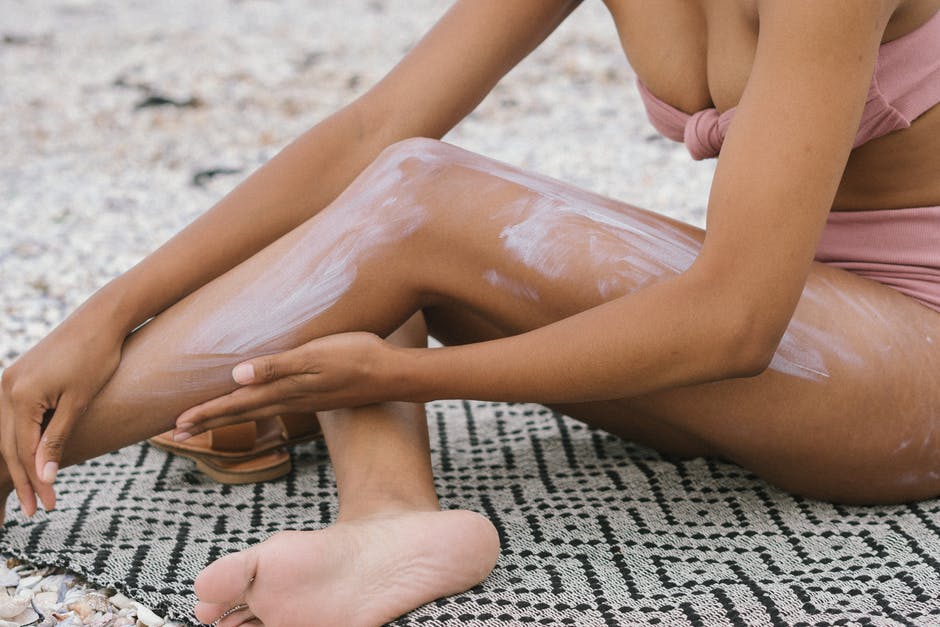Have you ever wondered why so many big-name brand cosmetics companies are so eager to have a “clean” beauty product launch? After all, aren’t we supposed to be looking for products that are free of all man-made chemicals and additives? The truth is that some of the major cosmetics companies are taking advantage of consumers by using slick advertising and incredibly catchy packaging. If you look closer, however, the ingredients label on their products may not indicate that they are natural and safe, but rather they are full of synthetics and chemicals.
See Products >>
Let’s face it, your skin deserves to be beautiful, just like the rest of you! The phrase clean beauty skincare means different things to different people. For example, it means cleansing your skin without harsh abrasives or chemical-based ingredients. However, this does not mean that you have to use harsh products to cleanse your skin! In fact, there are many naturally derived ingredients that can help you to keep your skin soft, smooth, and healthy without irritating or damaging it in the process.
Clean Beauty Skincare

The truth is that there are two main types of clean beauty products. There are “day” products such as cleansers, toners, and moisturizers. These types of products should always be used every morning and evening before you go to bed. They will remove any dirt or pollutants that you have throughout the day. On the other hand, there are ” nighttime ” facial skincare creams and serums. These are much more concentrated and should be used at least one time each night before you go to sleep.
One of the most important criteria when choosing and using clean beauty skin care products is to ensure that they are “safe.” The term safe really does give some protection, doesn’t it? When you purchase a product, it is, of course, assumed that it is safe and effective, but sometimes the manufacturers get this message wrong. The main safety factor is that the packaging should not reveal any ingredients that might be harmful to your skin.
To show you how this is possible, imagine this scenario: you go to a shop to buy a cleanser for your face. You are handed a packet with a few sheets of paper with a couple of unknown ingredients on them. Obviously, you are going to ignore the paper and read the ingredients directly. Inside the packet, you will see the common names for the substances which are potentially harmful, plus some more which you may not have heard of before. This is why it is vital for you to read the ingredients carefully before you buy.
Important Consideration

It is important to choose a cleanser with a “teeth whitening ingredient.” This will enhance the health of the enamel on your teeth by helping to remove any tartar, built-up plaque, or calcium deposits that could otherwise cause your pearly whites to become discolored. Another very common “clean” ingredient is sodium lauryl sulfate (SLS). This is usually found in soaps and cleansing products and acts as a drying agent to help the facial skin. However, this ingredient is extremely dehydrating and can cause damage to the sebaceous glands, which produce sebum, the skin’s natural moisturizing oil.
The last type of ingredient we will look at is the “comedogenic” or “non-comedogenic” ingredients. These are often used interchangeably, but the difference between these two is that comedones are actually inflamed, reddened, and irritated pustules that occur directly on the surface of the skin (comedones). Pustules are non-comedones that occur under the surface of the skin (phthalates). There are two types of phthalates, which are SLS and Ph.D. As you will know from the name of the ingredient, SLS is a substance that easily causes irritation and allergic reactions. Some of the most popular parabens used in cosmetics products have Ph.D. listed as their active ingredient and are known to cause cancer.
Bottom Line
We have looked at the two most common ingredients found in cleansers and also at the ingredients which should be avoided. We have looked at a few popular paraben ingredients, which are included in all forms of facial skincare products. And now we look at one of the latest additions to the list – sodium lauryl sulfate. This chemical is used as a foaming agent in many products to help remove dirt and oil from deep down into the skin. But it is also used as a chemical that can create allergic reactions and may cause cancer. So stay clear of this and avoid using any product which includes this chemical as an active ingredient.



